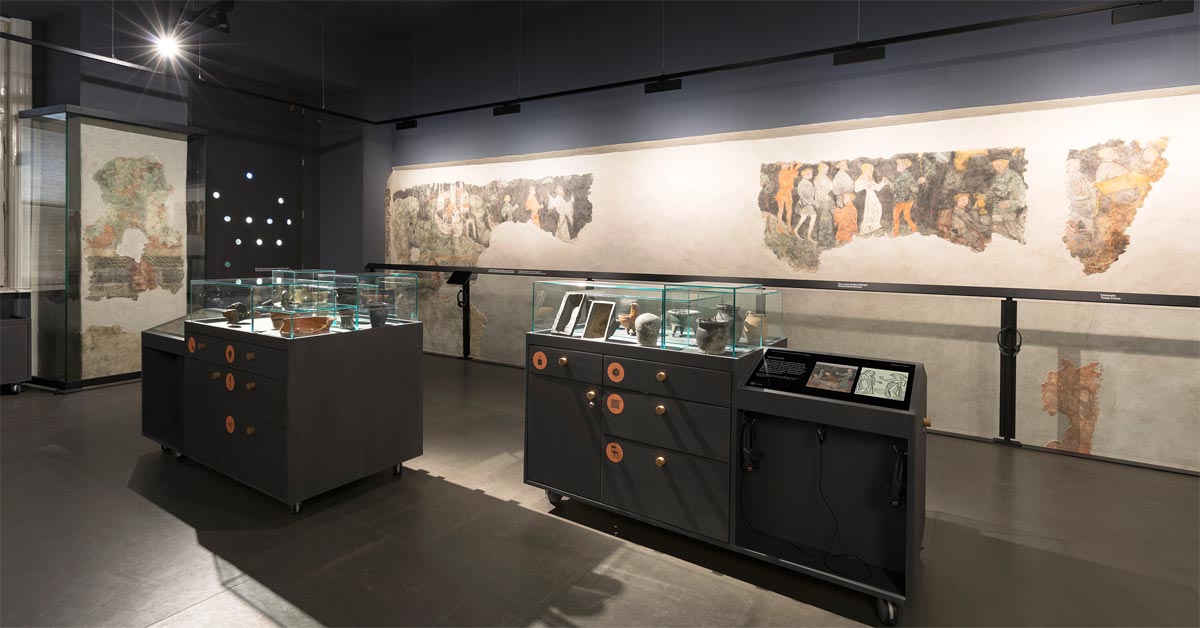29 September 2022
Fashion related tour in Vienna on occasion of the European Day of Conservation-Restoration on 16 October leads to a Middle Ages dance hall of a cloth merchant from around 1400

Wien Museum released a tour programme happening at five branches of the museum on occasion of the European Day of Conservation-Restoration on 16 October. The special day pays tribute to the work of scientifically working artisans and shows their importance for the conservation of cultural heritage and the restoration of objects for research, education, and exhibitions. At ecco-eu.org/european-day-of-conservation-restoration/european-days-cr-2022/, institutions and research departments are called to contribute their insights.
In Vienna, restorers from the various departments of the Wien Museum provide together with art mediators insights on location at the work in the special branches of the museum such as the 'Uhrenmuseum', the Clock Museum where clock restorer Tabea Rude (educated watchmaker and studied restorer) will speak about her personal approaches to the restoration of museum objects.
Back to the times of the fashion of clothing and dancing in the Middle Ages leads another exhibition talk not far from the Uhrenmuseum at the Neidhart Festsaal at Tuchlauben. Britta Schwenck (studied textile restorer and worked as university assistant and head of the costume and fashion collection at the University of Applied Arts Vienna), wall painting & stone restorer Anna Boomgarden (studied conservation and restoration at the Potsdam University of Applied Sciences) and art mediator Anna Stanka will decipher the wall paintings with focus on the fashion of clothing.
Details about times and the other three locations of the (German language) talk series are published at wienmuseum.at/de/veranstaltungen.
Image: View at the Neidhart Festsaal with the Neidhart frescoes. The paintings visualizing the songs of minnesinger Neidhart von Reuental (around 1180 - 1240) were applied in around 1400 to the walls of the dance hall of cloth merchant Michel Menschein who was a socially high-ranking 'Laubenherr'. The title 'Laubenherr' designated the merchants who had the privilege to buy fabrics from wholesalers for resale. The Neidhardt Festsaal is located at the Tuchlauben, a street which carries the history of clothing and the early fashion business - 'Tuch' (cloth) and 'Lauben' (Laubenherren) - in its name. In former times, the Tuchlauben was the place where cloth merchants sold their products. Photos: Lisa Rastl, © Wien Museum.
|


